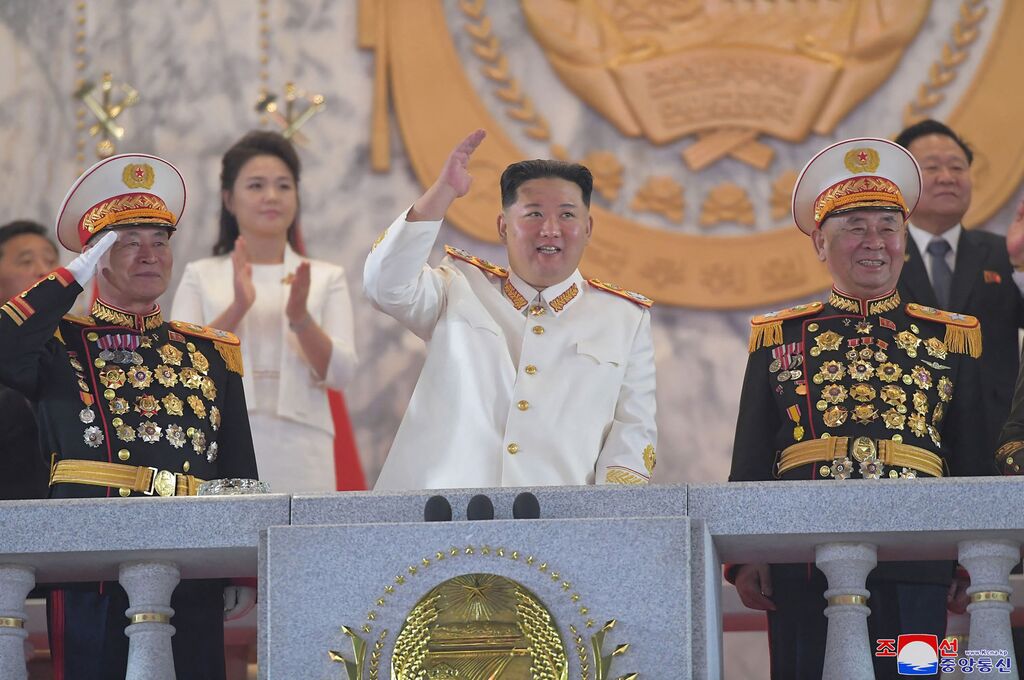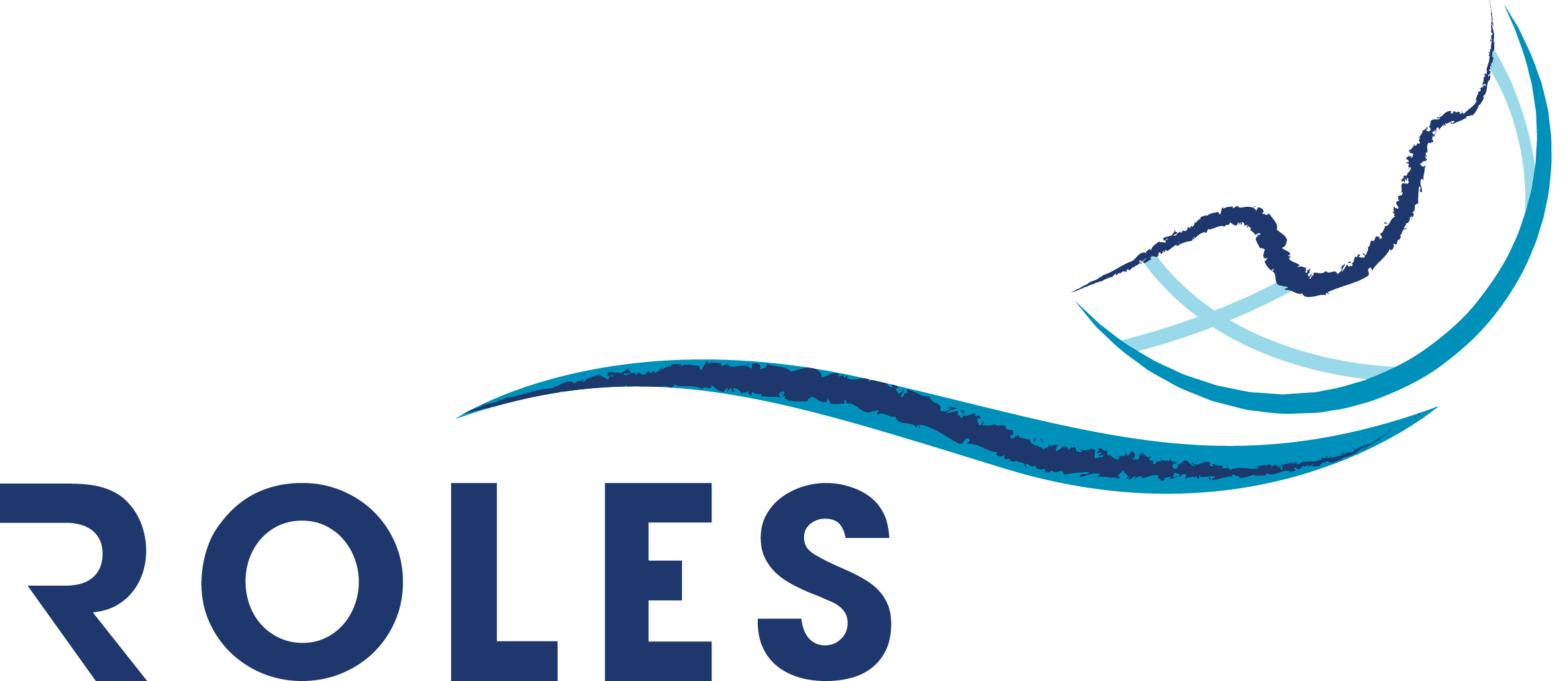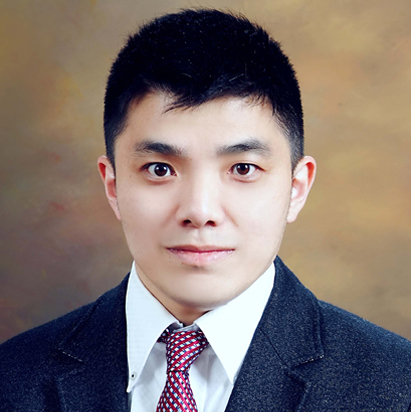Commentary
2022 / 06 / 08 (Wed.)
ROLES INSIGHTS No.2022-02: “New Developments in North Korea's Strike Capabilities” by Ryo Hinata-Yamaguchi


On June 5, North Korea test fired a total of eight short-range ballistic missiles (SRBM) from multiple locations toward the Sea of Japan. While missile tests by North Korea are far from rare, the recent round of tests highlights notable progress in Pyongyang’s defense planning and also the threat posed by the Korean People’s Army (KPA).
The June 5 missile test took place in a new form, firing from Hamhung, Kaechon, Sunan, and Tongchang within the space of approximately 35 minutes. The trajectory of the missiles also indicates that a variety of SRBMs were fired, possibly the KN-23, KN-24, and KN-25, as well as a new or upgraded platform derived from previous models. Moreover, it seems that at least one of the missiles flew with a maneuverable trajectory – one of the key technologies North Korea has been pursuing in recent years.
Indeed, the advancements North Korea has been making with its assortment of short- to long-range ballistic missiles including submarine-launched ballistic missiles (SLBM) raises concerns. Yet, the point that warrants greater attention regarding the recent test is the firing of various missiles from different locations within a short timeframe which points to advancements in the command and control system. While this may not mean a major restructuring of the highly centralized military command and control structure per se, it nonetheless indicates that the KPA has adapted to, and is more capable of executing more large-scale and complex procedures.
What are the implications of the advancements in North Korea’s command and control? The quick answer is that the KPA is becoming increasingly capable of executing saturation attacks that could surmount existing missile defense systems of the United States (US), Japan, and South Korea. Making matters worse, the development of missiles fitted with maneuverable reentry vehicles also poses significant risks.
Another major concern is how North Korea is working toward the development of capabilities for tactical strikes on the battlefield and immediate enemy combatants and installations. Kim Jong-un already mentioned at the Eighth Congress of the Workers’ Party of Korea (WPK) in January 2021 about plans to build tactical nuclear strike capabilities, and developments are already seen with the construction and testing of various new SRBMs suited for tactical strikes against ROK and US assets on or near the Korean peninsula. Combined with the strategic strike capabilities, there is no doubt that North Korea poses a greater threat to Japan, the US, and South Korea than ever.
There are also caveats regarding North Korea’s weapons tests. While it is plausible to argue that North Korea times its weapons tests to domestic and international political developments and events, the defense planning demands are much more important. In particular, the KPA’s weapons are becoming increasingly modern and diverse, requiring tests on not only the technological specifications but also command and control. Hence one can expect even more missile and also nuclear tests in the coming months and years.
The bottom line is that North Korea is growingly confident and is walking the talk about its nuclear strike capabilities. At the grand military parade to celebrate the 90th of the Korean People's Revolutionary Army (claimed predecessor of the KPA), Kim Jong-un declared that North Korea’s nuclear weapons will not be singularly confined to its role as a deterrent, suggesting that Pyongyang is willing to conduct nuclear strikes – possibly including both preemptive and preventative strikes.
Although the actual capabilities and intentions of North Korea are open to debate, it is clear that the capabilities and strategies to deal with the threats posed by Pyongyang are insufficient and outdated. To enhance defense and deterrence against the threats, the US, Japan, and South Korea need to enhance their capabilities and strategies, but also bolster the trilateral cooperation framework.
***********************************************
Ryo Hinata-Yamaguchi is a Project Assistant Professor at the Research Center for Advanced Science and Technology at the University of Tokyo and an Adjunct Fellow at the Pacific Forum. Ryo can be followed on Twitter at @tigerrhy.
Recent Publication
コメンタリー
2025.07.28 (月)
コメンタリー
2025.07.25 (金)
コメンタリー
2025.07.01 (火)

